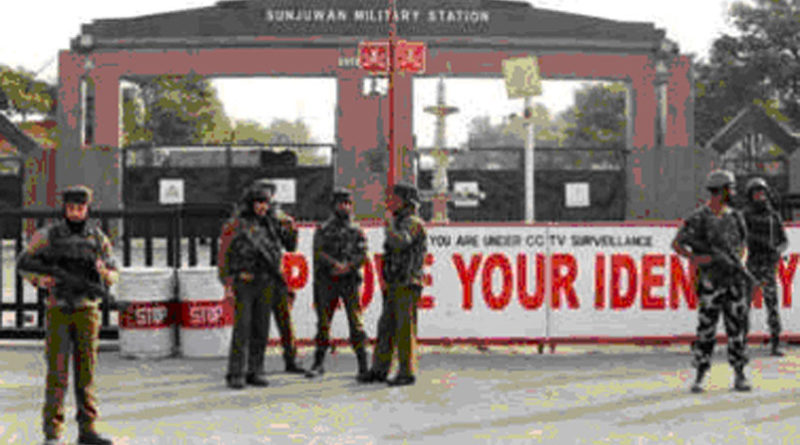Army Spots Another Drone Near Military Station In Jammu For Third Day In Row
28 June 2021
A day after an attempt to target a military installation was foiled by soldiers, a drone was spotted at three different locations, including the Sunjwan military camp, in Jammu.
Sources told India Today that security officials spotted a drone at Kunjwani, Sunjwan and Kaluchak areas of Jammu around 2.30 am. The drone, however, couldn’t be traced after some time, they added.
So far, officials say that a single drone was spotted in Jammu area in the early hours of Tuesday.
Security agencies are, however, investigating if three different drones were seen since the areas are in close proximity to each other.
Kunjwani, which is in Jammu city and near the Satwari air force station, is around 6.5 km from Sunjwan and 4.5 km from Kaluchak. The aerial distance from the Jammu airport to the international border is 14 km.
Jammu airport is a civil airport with the runway and the ATC (air traffic control) under the IAF.
This is the third instance in three days when drones have been spotted hovering over military installations in Jammu.
On Monday, the Indian Army had said troops fired at two drones which were found spotted over Kaluchak military camp.
One Unmanned Aerial Vehicle (UAV) was seen flying inside the Army base at 11:45 pm and another at 2:40 am. Alert Army jawans fired at the drones to neutralise them.
“Two quadkopters were spotted on a stretch of the Kaluchak-Purmandal road on the Jammu Pathankot national highway. The suspected objects were flying near the Kalucheck military station,” police told India Today. “Both the drones flew away. A major threat was thwarted by the alertness and proactive approach of troops,” an official said on Monday.
Earlier on Sunday, two bombs were dropped at the IAF station in Jammu airport — the first time Pakistan-based terrorists employed drones to strike vital installations.
The explosions took place around 1.40 am on Sunday within six minutes of each other. The first blast ripped off the roof of a single-storey building at the technical area of the airport manned by the IAF in Satwari area on the outskirts of the city. The second one was on the ground.
Investigators are yet to determine the flight path of the drones that dropped two bombs at the IAF station in the early hours of Sunday, which caused minor injuries to two IAF personnel.
Officials said the drones that dropped the explosive material at the technical area of Jammu airport in the outskirts of Jammu were either flown back across the border or to some other destination during the night.
A day after the attack, the IAF station continued to remain out of bounds for all but the probe teams including one from the National Investigation Agency(NIA), which picked up evidence available on the ground.
Officials said the explosive material dropped by the drones might have been manufactured using a cocktail of chemicals including RDX but a final confirmation was still awaited.
They said an NSG post-blast analysis team has been sent to the IAF station to examine the material. This team will share its findings with the Jammu and Kashmir police and the NIA after completing the task.
J&K Director General of Police Dilbag Singh, meanwhile, termed the incident a “terror act” and said the police and other agencies were working with the IAF officials to unravel the plan behind the attack. The Jammu and Kashmir Police has registered an FIR under the Unlawful Activities (Prevention) Act, officials said, indicating that the case is likely to be taken over by the NIA.
According to central security agencies, over 300 drones and unidentified flying objects have been sighted along the sensitive border with Pakistan post the August 5, 2019 abrogation of Article 370 that granted special status to Jammu and Kashmir, even as they grappled to find a suitable technology to check these lethal sky-floaters.
Drones cannot be detected by radars deployed at border areas to monitor enemy activity, officials have said, suggesting that a different radar system that can detect drones as small as a bird be installed.
Courtesy: India Today

